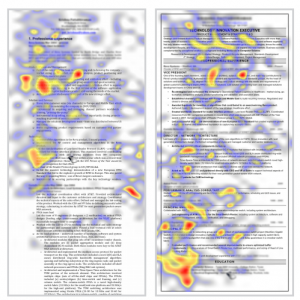Big Tech Stock Declines Will Drag Down Performance Media
What goes up must go down, whether balloons, birds or baseballs. That’s why Snap slashed its financial guidance last week.
It’s not about deprecation of the cookie. It’s not about the device ID. It’s all about the fact that many digital consumer platforms are starting to massively readjust the cost-per-acquisition that they can pay, now that Wall Street is no longer valuing their companies or their industry sectors at the revenue and customer creation multiples it was when 2022 began.
Here is how this works:
Public valuations peg their private comparables. The extraordinary stock market valuations of public technology companies over the past 10 years have not only created enormous fortunes for their founders and investors, but also supercharged the valuations for all of the private companies in their sectors — “market comparables,” as we call them.
Valuations pegged to customer creation. Those companies’ valuations were ultimately pegged to future cash earnings potential, and those cash earnings projections were almost always pegged to financial models pegged to significantly growing their customers bases.
For example, if a company had a business that broke even with a million customers today, but was anticipated to throw off $100 of profit per customer per year, in five years assuming that it could grow to ten million customers, the stock market might value it 20 times that 2027 profit potential, or $20 billion dollars, even though it wasn’t making any profit on customers today.
Cheap capital made hope a bankable strategy, and drove acceptable cost-per-acquisition through the roof. With lots of low- or no-interest capital available on the sidelines, investors became very liberal in their modeling (and gullibility) relative to companies’ capacity to actually achieve that kind of customer and profit growth.
Thus, as in the example above, if a company could be valued at $20 billion based on ten million customers ($2,000 per future customer), investors were totally cool — and rewarded it, in fact, for growing new customers at $1,500 per, even though it was unprofitable today and only anticipated to generate $100 of profit per five years in the future.
Yep, sounds a bit crazy, but that’s how it works.
Expensive capital (and attendant skepticism turned to cynicism) brings market valuations and allowable cost-per-acquisition down to a reverse exponential crash. Inflation increases the cost of capital. The potential of 1970s stagflation turns optimism into pessimism, investors’ models flip upside down and stock market valuations crash. Thus, following our example above, when the stock market takes its comparable valuations down by 75% to $5 billion from $20 billion, believing that it should only be valued at five times 2027 profit per customers, not 20 times per customers’ future annual profit, it no longer has an allowable cost-per-acquisition of $1,500 per customer created.
Nope, now it can only spend one-third as much now, $500 per new customer. And, because the glass now looks half-empty to investors, not half-full, the market will probably put a 30% “haircut” on the company’s projections and only reward it if it can take cost-per-acquisition down to $325 per customer.
When cost-per-acquisition allowances go down, so does performance media spend. Who loses when all of this happens? Investors lose. Market comparables lose.
Valuations are like viruses. What starts with a host quickly infects others. And, suppliers lose. If your company benefits by supplying customers to the marketing team at our example company at $1,500 per, you ‘d better be able to keep doing it at $325 per if you want to keep them as a customer.
And, most certainly, you aren’t likely to be able to supply nearly as much volume, given such a low new cost. And, you know where this is going … when your company’s revenue per customer goes now, so does your future profit potential and valuation. So the virus spreads.
Are you ready for a digital marketing ecosystem with lower cost-per-acquisitions allowances? I hope so. If not, you’d better be great at delivering brand value with your advertising instead.
(34)
Report Post




